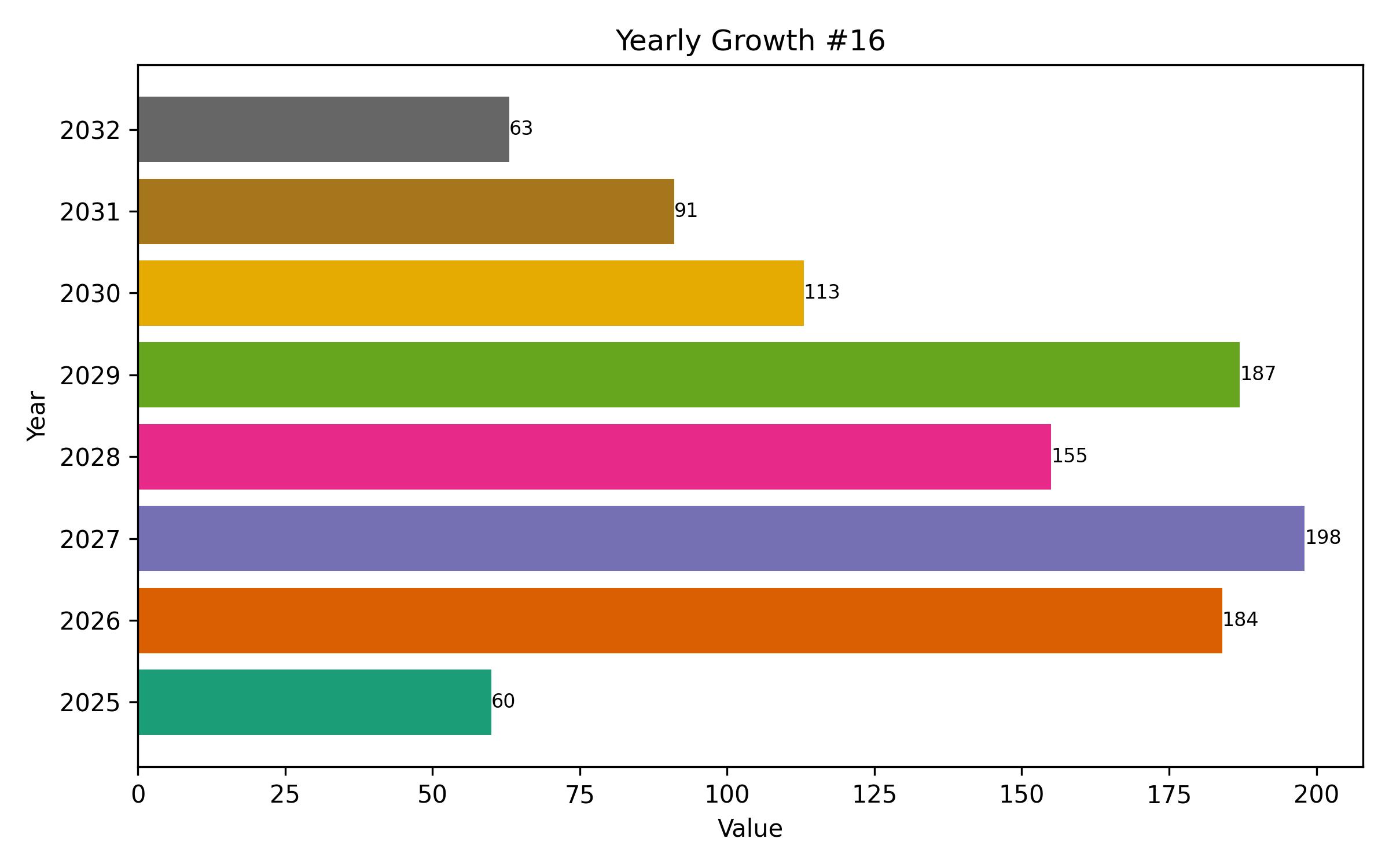Republic of Korea Building Automation System Market Dynamics and Future Trajectories by System, Application, and Geographical Area 2025-2035
Overview:
The building automation system market in Korea is projected to experience substantial expansion over the forecast period spanning 2025 to 2035. The market is on track for significant uplift, commencing at an estimated value of USD 1,645.0 million in 2025 and anticipated to climb to USD 3,925.0 million by 2035. Key elements fueling this market trajectory encompass collaborative efforts between automation enterprises and property management firms, facilitating customized solutions for Korea’s dynamic real estate landscape.
Korea’s building automation system sector marked steady advancement in 2024, energized by the nation’s pronounced emphasis on unified automation platforms that seamlessly integrate security, lighting, and HVAC functionalities for effortless management. The proliferation of remote oversight and mobile-enabled control methods further revolutionized building operations, providing enhanced effectiveness and ease.
The industry is set for strong expansion in 2025, propelled by rigorous energy conservation mandates, governmental support through incentives, and the increasing integration of IoT-driven automation technologies. Developments in sensor technology and sophisticated AI analysis are poised to render buildings more intelligent and self-operating with heightened automation capabilities.
As the development of smart urban environments continues, organizations will increasingly gravitate towards advanced automated solutions to bolster security and streamline the complexity of managing urban infrastructure, thereby cementing Korea’s dominant position in building automation technological progress.
The market’s forward momentum is additionally underpinned by rising demand for predictive maintenance solutions and energy-efficient building designs. Ongoing innovation in wireless communication technologies will further improve system interoperability and scalability, making automation solutions more accessible across different building types.
Furthermore, the convergence of building automation with renewable energy systems is creating new avenues for market growth, particularly in regions prioritizing sustainable development. This synergy allows for optimized energy management and reduced environmental impact, aligning with national sustainability objectives.

| Report Attribute | Details |
|---|---|
| Market Size in 2025 | USD 1,645.0 million |
| Revenue Forecast for 2035 | USD 3,925.0 million |
| Growth Rate (CAGR) | 9.0% from 2025 to 2035 |
| Base Year for Estimation | 2024 |
| Historical Data | 2018 – 2023 |
| Forecast Period | 2025 – 2035 |
| Quantitative Units | Revenue in USD million and CAGR from 2025 to 2035 |
| Report Coverage | Industry forecast, company market share analysis, competitive dynamics, growth drivers, and trends assessment |
| Covered Segments | System, application, and province |
| Regional Scope | South Korea (by Province) |
| Country Scope | South Gyeongsang, North Jeolla, South Jeolla, Jeju, and other provinces in South Korea |
| Key Companies Analyzed | LG CNS, Samsung SDS, Hyundai E&C, LS Electric, HDC Hyundai Development Company, POSCO ICT, SK C&C, KT Corporation, Lotte E&C, GS E&C, Doosan Robotics, Hanwha Solutions, Kumho E&C, Daewoo E&C, Daelim Industrial |
| Customization Options | Free report customization (up to 8 analysts working days) with purchase. Changes to province, regional, and segment scope |
| Pricing and Purchase Options | Customizable purchase options for tailored research needs |

Report Coverage & Deliverables
- Market Trends And Dynamics
- Competitve Benchmarking
- Historical data and forecasts
- Value/Volume analysis
- Company revenue shares and key strategies
- Regional opportunities
This is an indicative segmentation. Please request a sample report to see detail segmentation of this market.
Detailed Market Segmentation
- By System
- Security and Surveillance
- HVAC Control Systems
- Lighting Systems
- Building Energy Management System (BEMS)
- Access Control Systems
- Fire and Safety Systems
- By Application
- Commercial Sector
- Residential Sector
- Industrial Sector
- Government and Public Infrastructure
- Healthcare Facilities
- Hospitality and Tourism
- By Province
- Seoul
- Busan
- Daegu
- Incheon
- Gwangju
- Daejeon
- Ulsan
- Gyeonggi
- Gangwon
- North Chungcheong
- South Chungcheong
- North Jeolla
- South Jeolla
- North Gyeongsang
- South Gyeongsang
- Jeju
Table of Content
- Executive Snapshot
- Market Synopsis
- Key Market Determinants
- Growth Potential Assessment
- Market Value Analysis 2024 to 2034
- Market Size Forecasting 2025 to 2035
- Industry Context and Background
- Market Share Distribution by System
- System Type Analysis & Forecast
- Market Share Distribution by Application
- Application Segment Analysis & Forecast
- Market Share Distribution by Province
- Provincial Market Analysis & Forecast
- South Gyeongsang Building Automation Market Outlook
- North Jeolla Building Automation Market Outlook
- South Jeolla Building Automation Market Outlook
- Jeju Building Automation Market Outlook
- Regulatory Landscape and Policy Influence
- Growth Enablers and Strategic Proposals
- Competitive Environment Scan
- Leading Participants’ Profiles
- Assessment Methodology
